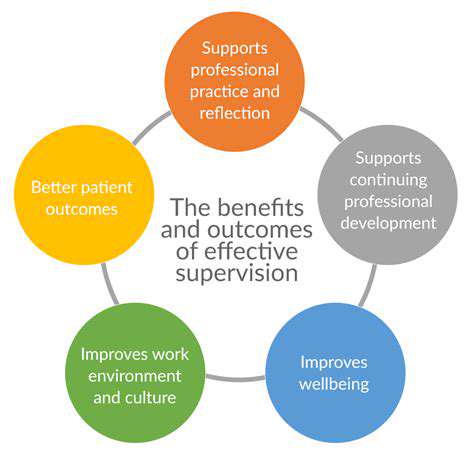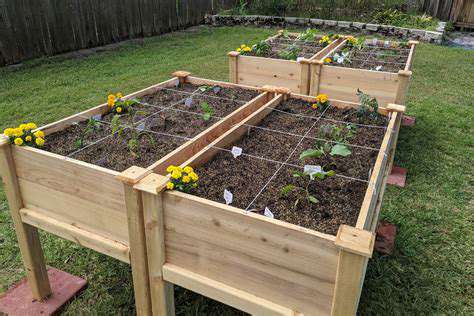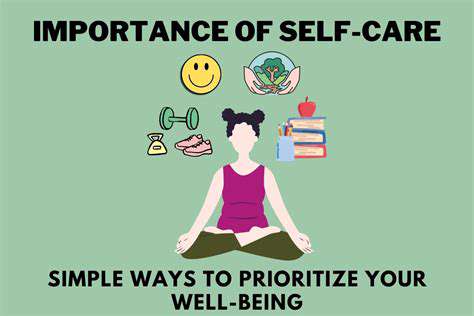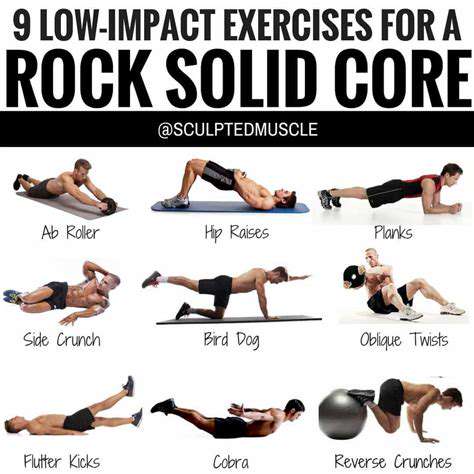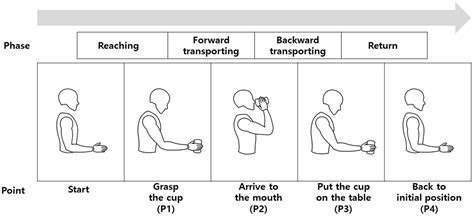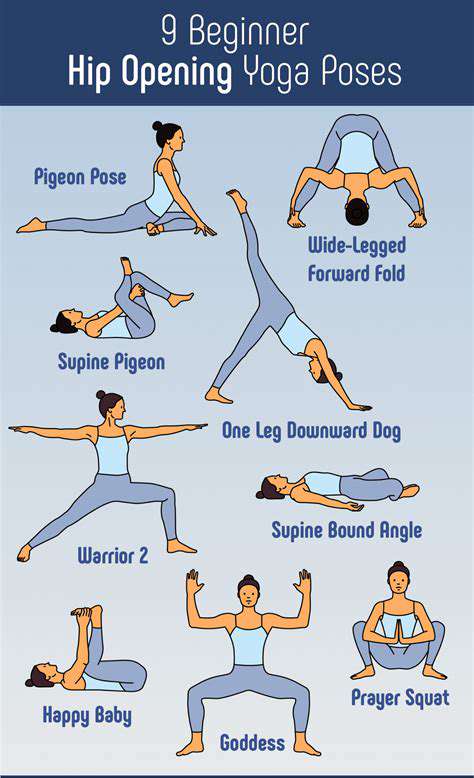Staying Active While Cleaning Your Home: Senior Guide
The Importance of Staying Active for Seniors
Staying Active While Cleaning
Incorporating physical activity into everyday tasks is a fantastic way to stay active for seniors. Cleaning your home can be surprisingly beneficial. For example, vacuuming, sweeping, and mopping engage your legs and core, providing a gentle workout. Moving furniture or dusting high shelves can also improve your balance and coordination, which are crucial for preventing falls. Remember to listen to your body and take breaks when needed.
Consider using a lightweight broom instead of a push-type sweeper, as it might be less strenuous on your back and knees. You could also try a lightweight mop, or alternate between tasks, like cleaning one room and resting in another.
Benefits of Physical Activity
Regular physical activity, even light-intensity ones like cleaning, can significantly improve overall health and well-being for seniors. It helps maintain muscle strength and flexibility, reducing the risk of falls and injuries. Staying active boosts cardiovascular health, helping to manage blood pressure and cholesterol levels. This can contribute to a more independent and fulfilling lifestyle.
Beyond physical benefits, regular movement can positively impact mental health. Exercise releases endorphins, which have mood-boosting effects, helping to reduce feelings of stress and anxiety. Maintaining an active lifestyle can also combat feelings of isolation and promote a sense of purpose.
Choosing the Right Cleaning Activities
Not all cleaning tasks are created equal when it comes to physical activity. Activities that involve repetitive movements, like scrubbing floors or washing dishes, can be quite strenuous. To find the right fit, choose activities that match your physical abilities and fitness level. If you're not used to intense activity, start with simpler tasks and gradually increase the intensity as you feel stronger.
Focus on activities that engage different muscle groups. For example, bending down to pick up items strengthens your leg muscles, while dusting high shelves engages your arms and core. This diverse approach will help you stay active without putting undue stress on any particular part of your body.
Safety Precautions for Seniors
Safety is paramount when seniors are incorporating cleaning activities into their routine. Ensure the cleaning supplies and tools you use are easily accessible and within reach to avoid unnecessary bending or stretching. Use non-slip mats and rugs to prevent slipping and falling while you are cleaning.
Always keep a sturdy chair or other stable support nearby for rest breaks and support during tasks that might require bending or reaching. Inform someone about your cleaning schedule and inform them if you need any support or assistance while cleaning your home. This ensures that you feel secure and supported while undertaking the task.
Creating a Cleaning Routine
A structured cleaning routine can be an excellent way to incorporate physical activity into your daily life. Planning your cleaning tasks will help you stay motivated and committed to staying active. Break down larger cleaning jobs into smaller, manageable tasks that you can complete throughout the day or week.
Consider scheduling cleaning time during periods when you feel most energetic. For example, if you have more energy in the morning, schedule your more physically demanding tasks for that time. Don't hesitate to adjust your routine as needed to accommodate your physical capabilities and energy levels. Consistency is key; even small amounts of daily activity can make a big difference.
Maintaining Motivation and Enjoyment
Keeping motivated and enjoying the process of cleaning is essential for long-term success. Make your cleaning routine more enjoyable by setting realistic goals and celebrating small victories. Create a playlist of your favorite music to play while you clean, or listen to an audiobook or podcast. Transform the chore into a pleasant activity by incorporating something that you enjoy, such as listening to music or talking to yourself.
This approach can help you stay engaged and motivated, even if you're doing repetitive tasks. Remember to focus on the benefits of staying active and how it contributes to your overall well-being. It is a great way to boost your mood, strengthen your body, and maintain your independence.
Cleaning Tasks for Active Seniors
Maintaining a Clean and Organized Home
Staying active while maintaining a clean and organized home is crucial for senior well-being. Regular cleaning tasks, when approached strategically, can be excellent exercises. Moving furniture, dusting high shelves, and vacuuming or sweeping floors can all contribute to physical activity and improve cardiovascular health. Choosing the right tools and creating a manageable schedule can make these tasks less daunting and more enjoyable, allowing seniors to maintain their independence and quality of life.
Breaking down large cleaning jobs into smaller, more manageable tasks is key. For example, instead of tackling the entire living room at once, focus on one area, like dusting the surfaces or vacuuming a section of the floor. This approach prevents feelings of overwhelm and allows seniors to sustain their energy throughout the cleaning process. Scheduling these tasks into a weekly or bi-weekly routine can also promote consistency and build a healthy habit.
Specific Cleaning Activities for Seniors
Specific cleaning activities can be tailored to suit the physical capabilities of active seniors. For instance, dusting low surfaces can be done while seated, minimizing strain on the back and joints. Using a lightweight vacuum cleaner or a cordless broom can make floor cleaning more manageable. These modifications can reduce the risk of falls and promote safe and effective cleaning practices. It is also important to consider the use of assistive devices, such as grab bars or reachers, if needed to help with cleaning higher surfaces or difficult-to-reach areas.
Simple tasks like wiping down countertops or cleaning dishes can also contribute to overall activity levels. These activities involve repetitive movements that can promote muscle strength and endurance. Furthermore, taking the time to organize items and declutter spaces can also be beneficial. Decluttering not only keeps the home clean but also reduces the risk of tripping hazards and promotes a sense of calm and well-being.
Regular cleaning activities, when approached with consideration for physical limitations, can be a part of a healthy and active lifestyle for seniors. This approach can help to maintain independence and promote a sense of purpose and accomplishment, crucial for overall well-being.
Remember to listen to your body and take breaks when needed. Don't hesitate to ask for help from family or friends if necessary. Prioritizing safety and comfort ensures that cleaning remains a positive and achievable part of an active senior's daily routine.
Incorporating Movement into Everyday Cleaning Routines
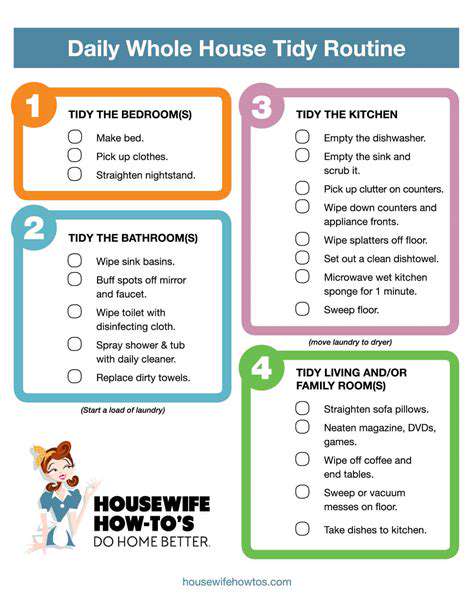
Integrating Movement into Daily Life
Incorporating physical activity into your daily routine is crucial for overall health and well-being. Moving more, even in small increments, can significantly improve your physical and mental health. This includes activities like taking the stairs instead of the elevator, walking or cycling to work or errands, or simply standing up and stretching every 30 minutes. Small changes can make a big difference in the long run, contributing to better cardiovascular health, improved mood, and increased energy levels.
Finding activities you enjoy is key to sustaining a consistent movement practice. Whether it's dancing, playing a sport, or simply going for a brisk walk in nature, choosing activities you genuinely like will make it easier to incorporate them into your daily schedule. Consistency is key to seeing positive results, and making movement a habit rather than a chore will lead to long-term benefits.
Practical Strategies for Increased Movement
One effective strategy is to schedule specific times for movement throughout your day. This could involve a 15-minute walk during your lunch break or a 30-minute workout session after work. Planning these activities in advance helps ensure that they are prioritized and doesn't get overlooked in the midst of daily tasks.
Another valuable approach is to incorporate movement into existing routines. For example, park further away from your destination to increase walking time, use the stairs instead of the elevator, or stand up and stretch during phone calls. These small changes can significantly increase your daily activity levels without requiring extra time or effort. These simple swaps add up over time, leading to a more active lifestyle.
Furthermore, consider using technology to your advantage. Many apps and wearable devices can track your activity levels and provide motivation and support. These tools can help you set goals, monitor progress, and stay accountable for your movement goals.
Benefits of Regular Movement in Daily Life
Regular movement offers a multitude of physical benefits, such as improved cardiovascular health, stronger bones and muscles, and a reduced risk of chronic diseases like type 2 diabetes and some cancers. Furthermore, regular physical activity has a profound impact on mental well-being. It can reduce stress, improve mood, and enhance cognitive function.
Physical activity can also lead to better sleep quality, increased energy levels, and improved body image. The benefits extend beyond the physical realm, impacting your overall quality of life in numerous positive ways. Integrating movement into your daily routine is not just about physical health; it's about fostering a healthier, happier, and more fulfilling lifestyle.
Making movement a part of your everyday life is a significant investment in your long-term health and well-being. Small, consistent changes can lead to substantial improvements in your physical and mental health, boosting your energy, and improving your overall quality of life.
Prioritizing Safety and Preventing Injuries
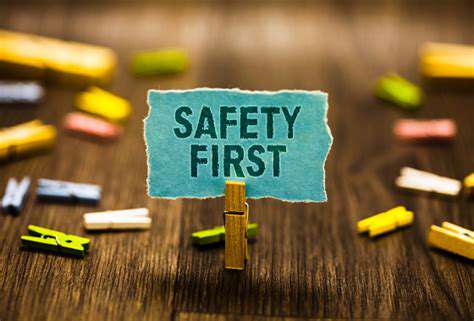
Prioritizing Safety Measures in Construction
Construction sites are inherently dangerous environments, requiring a proactive and rigorous approach to safety. Implementing comprehensive safety protocols is paramount to minimizing accidents and protecting the well-being of workers. This includes strict adherence to safety regulations, regular safety training, and the provision of appropriate personal protective equipment (PPE). Furthermore, a culture of safety must be fostered, encouraging open communication about hazards and promoting a collective responsibility for accident prevention.
Effective safety management systems should be in place to identify potential hazards, assess risks, and implement control measures. Regular safety inspections and audits are crucial to ensure that procedures are consistently followed and that any necessary improvements are made promptly. This proactive approach not only reduces the risk of injuries but also fosters a more productive and efficient work environment.
Preventing Accidents Through Training and Education
Comprehensive safety training programs are essential for all construction workers. These programs should cover various aspects of safety, including hazard recognition, safe work practices, and the proper use of PPE. Workers need to understand the potential dangers associated with their specific tasks and how to mitigate those risks. Regular refresher courses and ongoing education are also vital to reinforce learned skills and keep pace with evolving safety standards.
Training should extend beyond initial onboarding, encompassing specialized instruction for specific tasks or equipment. This targeted approach ensures that workers are adequately prepared to handle complex situations safely. Effective communication and clear instructions are key elements in ensuring that all workers understand and adhere to the established safety protocols.
Implementing Robust Safety Protocols and Procedures
Construction sites require clear and concise safety protocols and procedures to be consistently followed. These protocols should be documented, easily accessible to all personnel, and regularly reviewed to ensure their effectiveness. Clear communication of these protocols to all stakeholders is essential for the successful implementation and enforcement of safety standards.
Establishing specific emergency procedures is vital in the event of an accident. These procedures should be well-rehearsed to ensure a swift and coordinated response to any incident. The availability of first-aid facilities, emergency contact information, and evacuation plans are also crucial components of effective safety management.
Enhancing Safety Culture and Promoting Awareness
A strong safety culture emphasizes the importance of safety for everyone involved in the construction project. This culture should be promoted from the top down, with management demonstrating a commitment to safety through their actions and decisions. Fostering open communication channels allows workers to report hazards and concerns without fear of reprisal.
Promoting safety awareness through visual aids, posters, and regular safety meetings can significantly enhance the understanding and adherence to safety protocols. Regular safety feedback sessions and recognition of safe practices can reinforce the importance of safety consciousness throughout the project. This comprehensive approach ensures that safety becomes an ingrained part of the construction process, resulting in a safer and more productive work environment.

